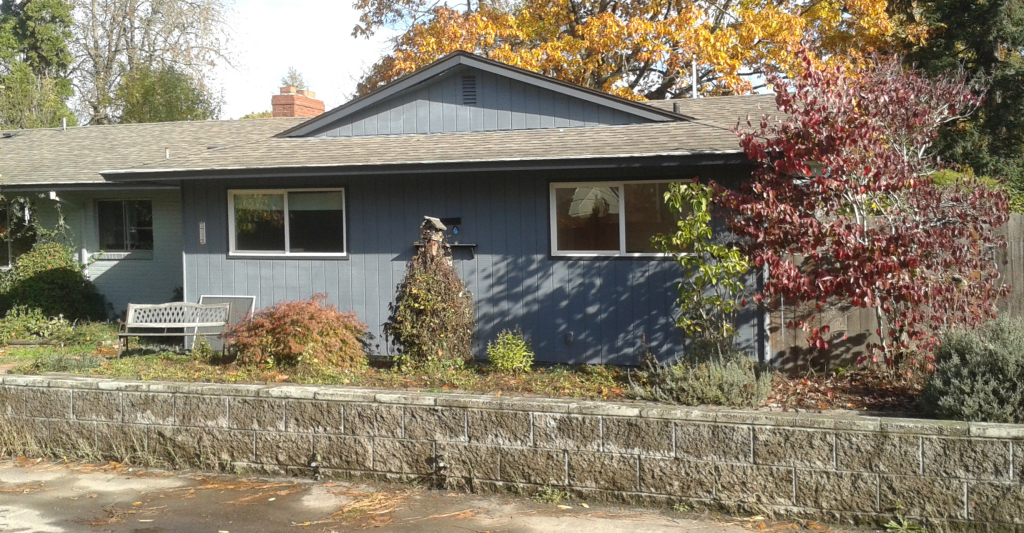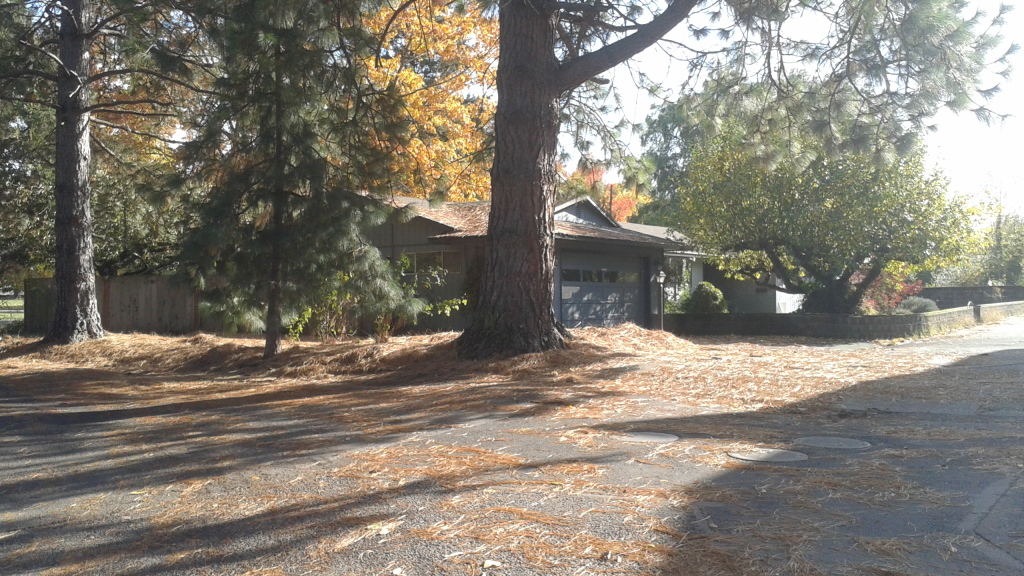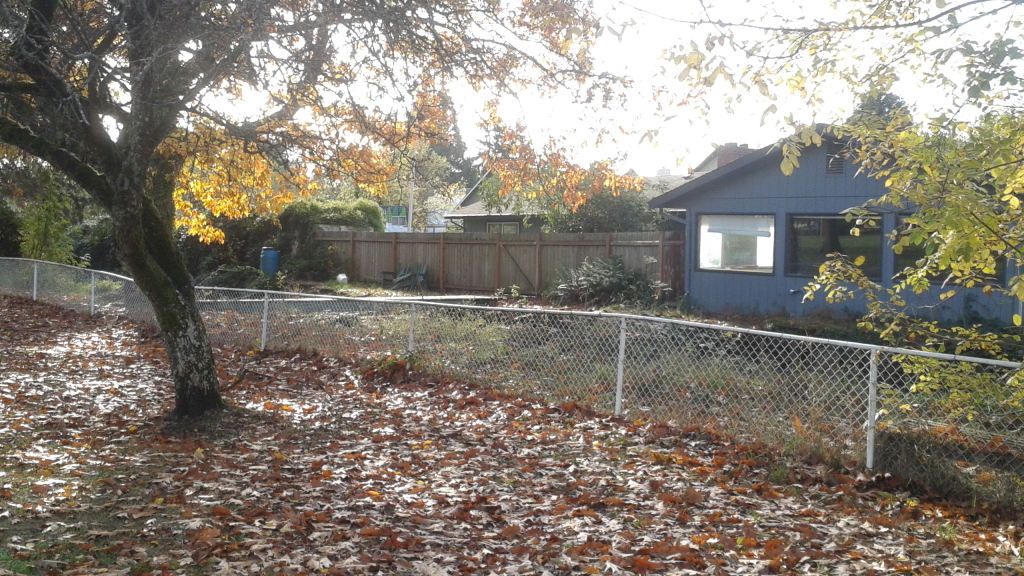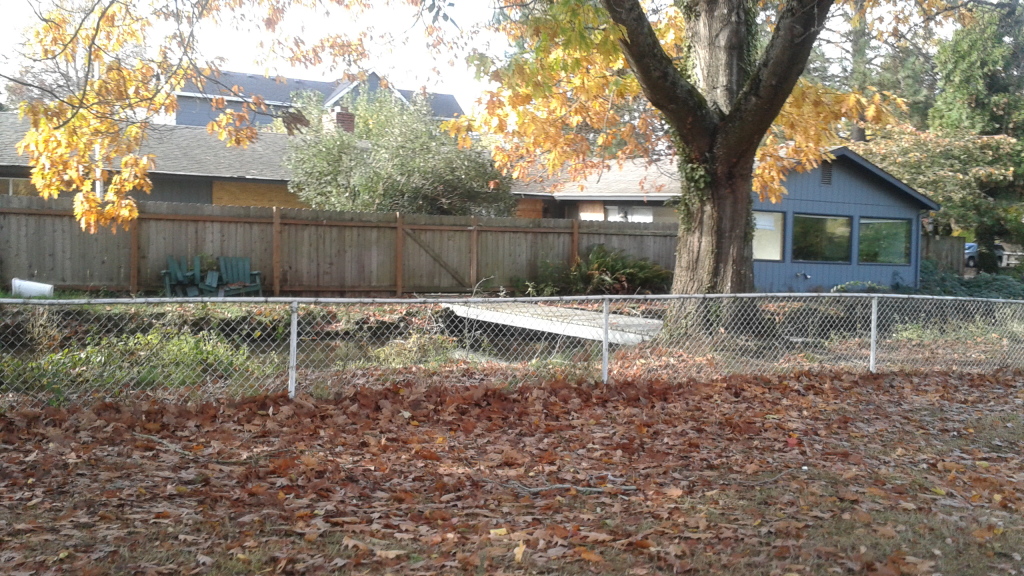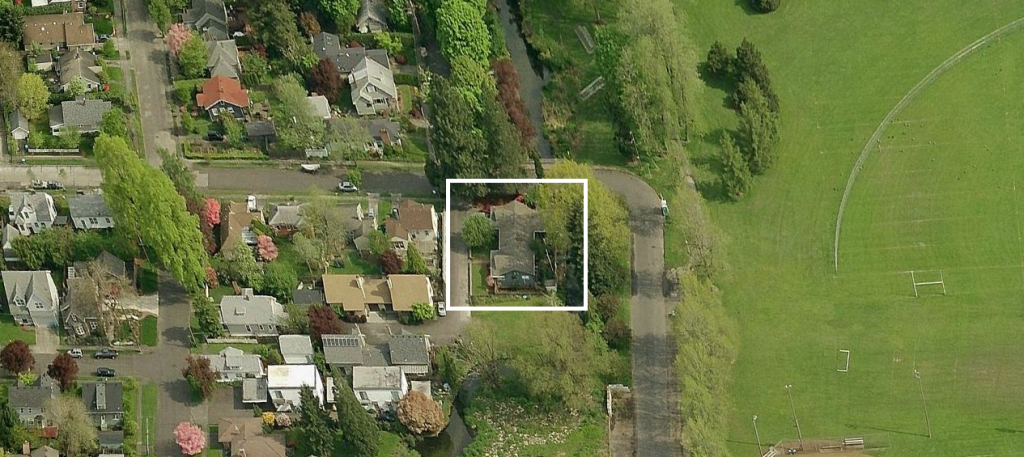PORTLAND, Ore. – Across the street from Westmoreland Park, a 48-year-old single-family home will be torn down with the property split for multiple new lots that can be developed.
Located at 2212 SE Lambert St., the one-story house was built in 1967 and sits on a roughly 14,000-square-foot lot.
On July 7 the city received an early assistance application for development on the property, listing the applicant as Steve Buckles and the property owner as Kevin Brummell.
The application described a plan to split the property into three lots for development.
Six days later the county recorded a sale of the property to Crescent Custom Homes LLC, a residential development company registered to Alisa and Calvin Baty in Happy Valley.
The sale price was $470,000, while the city estimates the property’s real market value as roughly $608,000, about $130,000 higher than the sale price.
On Oct. 19 the city received an application for demolition of the 48-year-old house. It is subject to the 35-day delay, as the house is located in a residential zone.
Crystal Springs Creek runs through the property, roughly down the middle splitting it into two halves. While the property’s zoning is R2 which generally allows one unit per 2,000 feet of land, because of the creek’s path through the lot, the property is part of the Johnson Creek basin plan district. This designation “provides for the safe, orderly, and efficient development of lands which are subject to a number of physical constraints” and at some points in the district limitations are placed on density increases.
Its proximity to the creek means it is part of an environmental overlay zone, which is designed to guide development in a way that “is carefully designed to be sensitive to the site’s protected resources.”
The house is also located within an alternative design density overlay zone, which aims “to focus development on vacant sites, preserve existing housing and encourage new development that is compatible with and supportive of the positive qualities of residential neighborhoods,” according to the Bureau of Planning and Sustainability.
It is finally part of a design overlay zone, which “promotes the conservation, enhancement, and continued vitality of areas of the City with special scenic, architectural, or cultural value,” the BPS says.
The demolition delay will likely expire Nov. 23.

